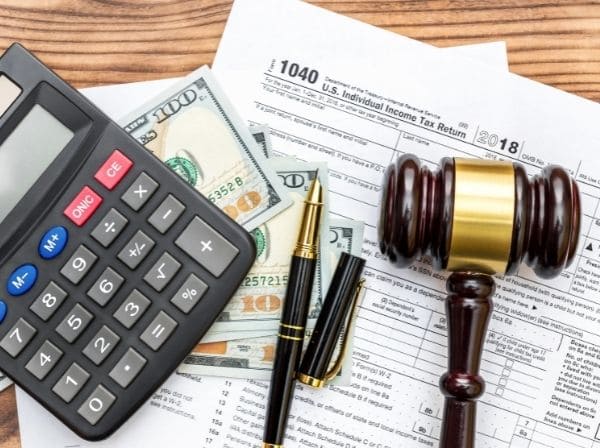LEGAL FRAMEWORK FOR THE MOVEMENT OF FOREIGN CURRENCY FROM BOLIVIA ABROAD AND VICE VERSA
The main argument for controlling the physical entry and exit of foreign currency from national territory is the government’s need to obtain information on such activities for the purpose of registration and consideration in macroeconomic variable analysis, as well as for monitoring illicit activities. This approach stems from the evolution of international regulations since the late 1980s in the fight against capital flight and money laundering. In this context, Bolivia has adopted these principles and guidelines into its legislation.
As part of this legal framework, Supreme Decree No. 29681 of August 20, 2008, establishes the obligation for natural or legal persons—public, private, or mixed, national or foreign—to declare the physical entry and exit of foreign currency from national territory, and regulates the registration and control of such transactions. This regulation introduces measures to record and monitor these operations, ensuring that every transaction is properly documented and supervised.
Subsequently, Supreme Decree No. 4492 of April 21, 2021, amended certain aspects of Supreme Decree No. 29681. Among the most significant changes are the new thresholds for the entry and exit of foreign currency, as follows:
- Amounts between USD 10,000 and USD 20,000: The physical entry and exit of foreign currency into and from national territory within amounts ranging from USD 10,000 (ten thousand US dollars) to USD 20,000 (twenty thousand US dollars) or its equivalent in another currency requires registration through a specific form from the Central Bank of Bolivia (BCB). This form must include, among other things, the origin and destination of the funds.
- Amounts greater than USD 20,000: For amounts exceeding USD 20,000 (twenty thousand US dollars) or its equivalent in another currency, the entry and exit of currency must be carried out through Financial Intermediation Entities regulated by the Financial System Supervisory Authority (ASFI).
From the above, it can be concluded that USD 20,000 is the permitted limit for the physical transfer of currency. Any amount equal to or greater must be handled through regulated Financial Intermediation Entities. These measures ensure that high-volume transactions are closely supervised, helping to prevent money laundering and other illicit financial activities.

If after reading the article you believe you need legal advice on the matter, contact one of our specialist attorneys. We are at your service!
Frequently Asked Questions (FAQs)
What is the maximum amount of foreign currency I can carry across the Bolivian border without using a financial institution?
You can physically transport up to USD 20,000 or its equivalent in another currency. Any amount equal to or exceeding this limit must be transferred through Financial Intermediation Entities regulated by ASFI.
Do I need to declare foreign currency at the Bolivian border?
Yes. If the amount ranges between USD 10,000 and USD 20,000, you must fill out a specific form from the Central Bank of Bolivia detailing the origin and destination of the funds.
What happens if I fail to declare currency or exceed the allowed amount without using a financial institution?
You may face sanctions, confiscation of funds, and possible investigation for illicit financial activities such as money laundering.
Which authority supervises the legal movement of large sums of foreign currency in Bolivia?
The Financial System Supervisory Authority (ASFI) regulates Financial Intermediation Entities that must be used for transferring amounts over USD 20,000.
The content of this article does not reflect the technical opinion of Rigoberto Paredes & Associates and should not be considered a substitute for legal advice. The information presented herein corresponds to the date of publication and may be outdated at the time of reading. Rigoberto Paredes & Associates assumes no responsibility for keeping the information in this article up to date, as legal regulations may change over time.



